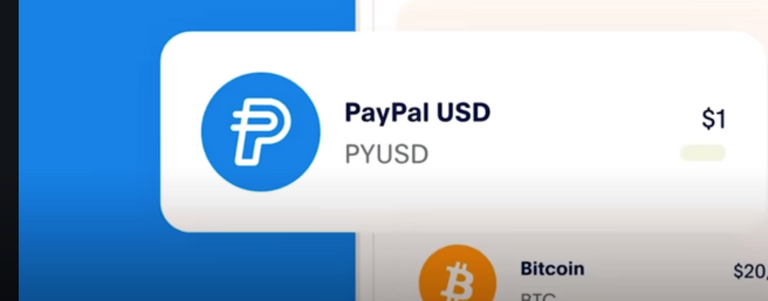In the ever-evolving world of cryptocurrency, stablecoins have emerged as a game-changer. Recently, the crypto community has been abuzz with news of major tech companies launching their own stablecoins. But why are these giants so keen on entering this space? Let's dive in and explore the potential benefits and upcoming trends in the stablecoin market.

PYUSD, Paypal Stablecoin
The PayPal Phenomenon
PayPal's entry into the stablecoin arena with PYUSD has been nothing short of remarkable. In just a month since its launch, PYUSD reached a supply of nearly $1 billion and saw a staggering $2.3 billion in transaction volume. This rapid adoption showcases the immense potential of stablecoins when backed by a trusted name in fintech.
However, it's worth noting that PYUSD's market cap has recently decreased to around $712 million. This fluctuation is likely due to changing DeFi yields on platforms like Solana, highlighting the complex ecosystem in which stablecoins operate.
Why Are Companies Rushing to Launch Stablecoins?
Control Over Dollar Flows: Stablecoins allow companies to have greater control over the movement of funds within their ecosystem.
Revenue Generation: By issuing stablecoins, companies can earn interest on the reserves backing these coins.
Enhanced User Experience: Stablecoins can provide faster, cheaper transactions for users, especially in cross-border payments.
Data Insights: Issuing stablecoins gives companies valuable data on spending patterns and financial behaviors.
Competitive Edge: In an increasingly digital world, offering stablecoin solutions can help companies stay ahead of the curve.
The Broader Stablecoin Landscape
While PYUSD has made headlines, it's just one player in a growing field. Tether (USDT) and USD Coin (USDC) still dominate the market with a combined 95% market share. However, the entry of big tech companies could shake up this duopoly in the coming years.
Potential Benefits of Stablecoins
Financial Inclusion: Stablecoins can provide banking-like services to the unbanked population worldwide.
Efficient Cross-Border Transactions: International payments can become faster and cheaper through stablecoin use.
DeFi Integration: Stablecoins are the backbone of many decentralized finance protocols, enabling lending, borrowing, and yield farming.
Hedge Against Volatility: In countries with unstable currencies, stablecoins offer a way to preserve value.
Programmable Money: Smart contracts can automate complex financial transactions using stablecoins.
Upcoming Trends to Watch
Regulatory Clarity: As stablecoins grow in importance, expect more defined regulations from governments worldwide.
Institutional Adoption: More banks and financial institutions are likely to launch or integrate stablecoin solutions.
Cross-Chain Compatibility: Innovations like Circle's Cross-Chain Transfer Protocol (CCTP) will make stablecoins more interoperable across different blockchains.
Real-World Asset (RWA) Backing: Stablecoins backed by traditional assets like real estate or commodities could gain traction.
Central Bank Digital Currencies (CBDCs): The line between stablecoins and CBDCs may blur as central banks explore digital currency options.
A New Financial Paradigm
The rush of big tech companies into the stablecoin space is more than just a trend – it's a glimpse into the future of finance. As these digital assets become more integrated into our daily lives, they have the potential to reshape how we think about and use money.
For investors and crypto enthusiasts, this presents both opportunities and challenges. The stablecoin market is likely to become more competitive and innovative, but also more scrutinized by regulators.
As we move forward, it's crucial to stay informed about these developments. The stablecoin revolution is just beginning, and it promises to be an exciting ride for those paying attention.
Remember, while the potential is enormous, always approach investments in this space with due diligence and a clear understanding of the risks involved. The future of finance is digital, and stablecoins are leading the charge.